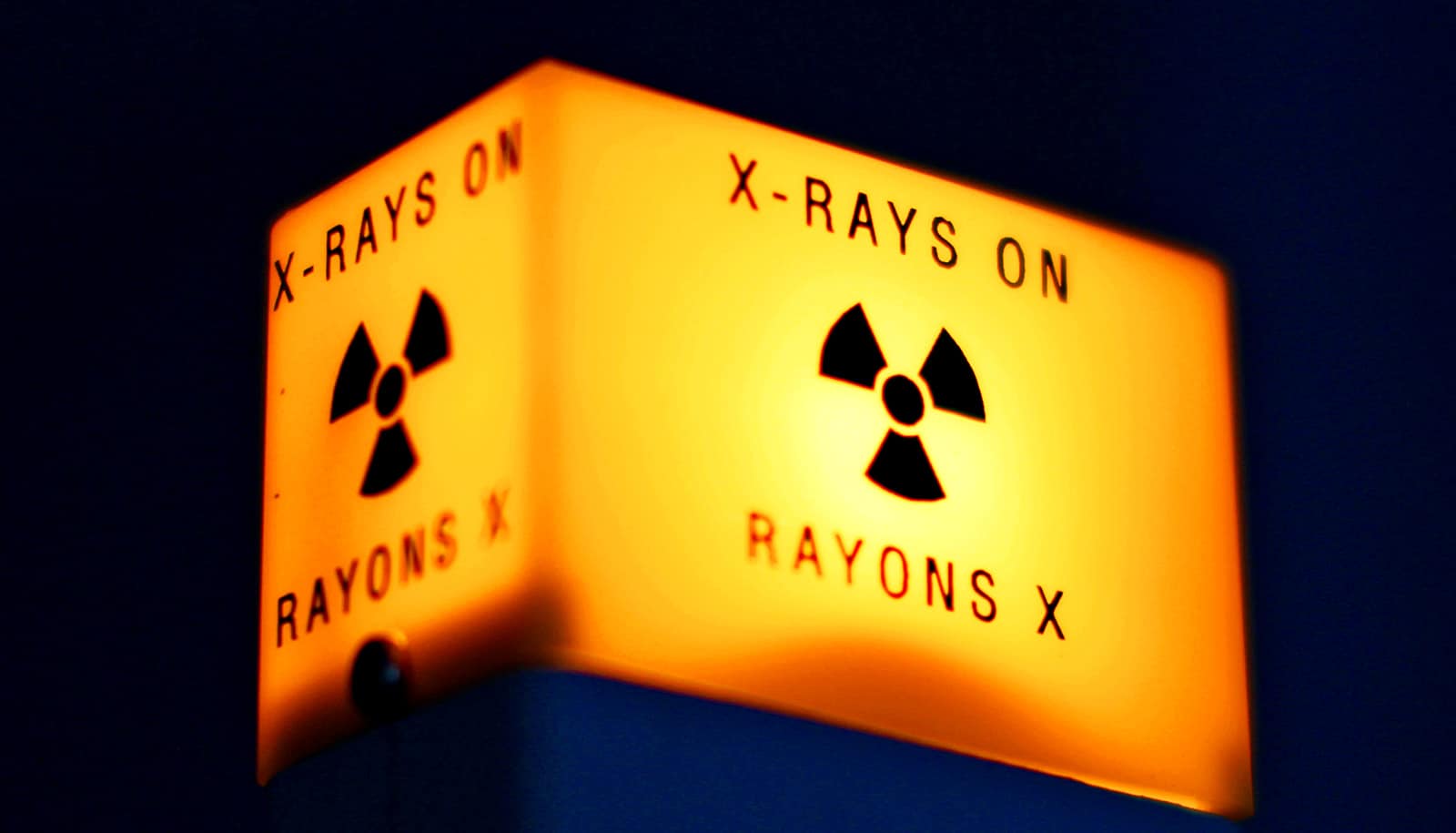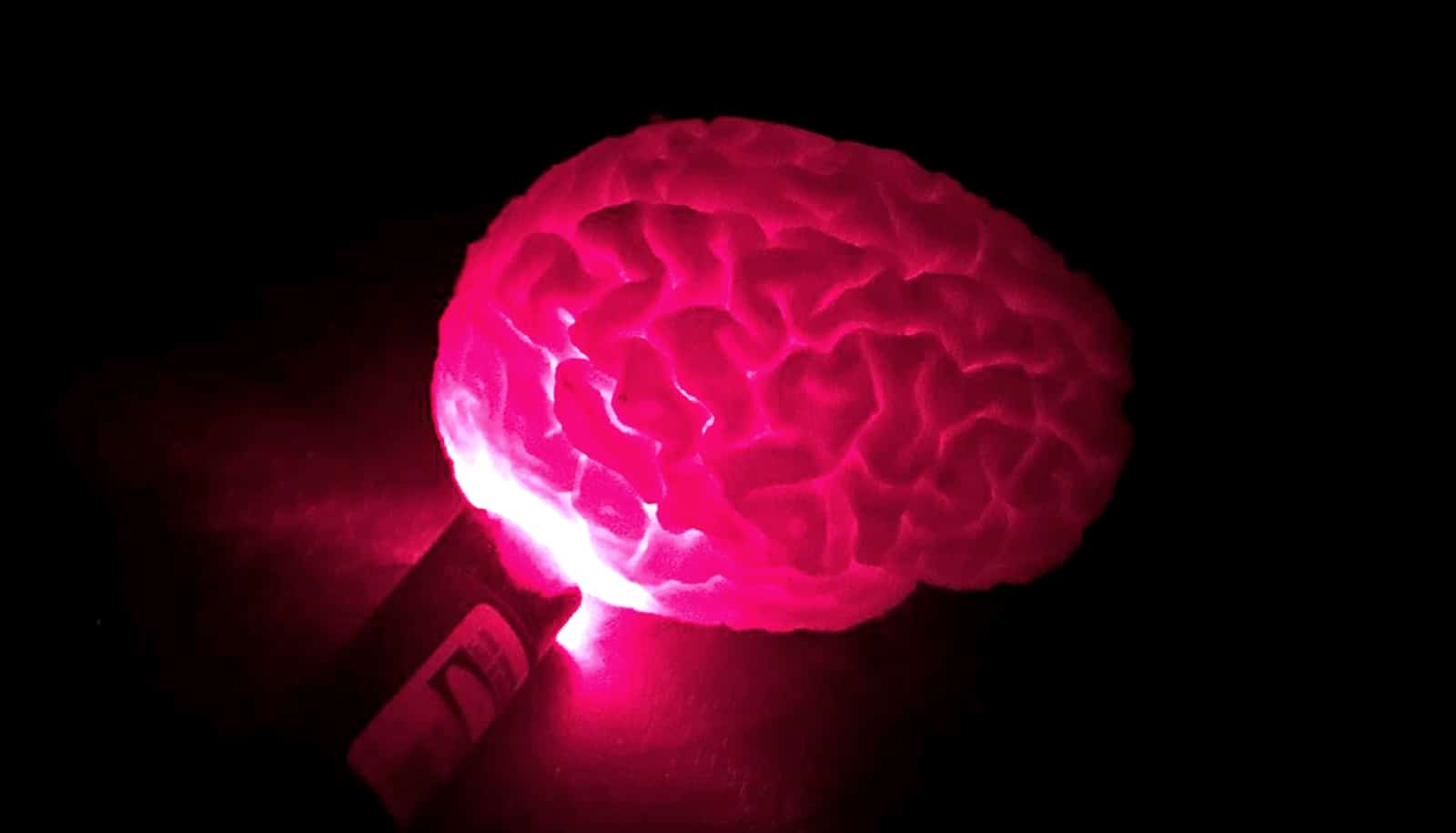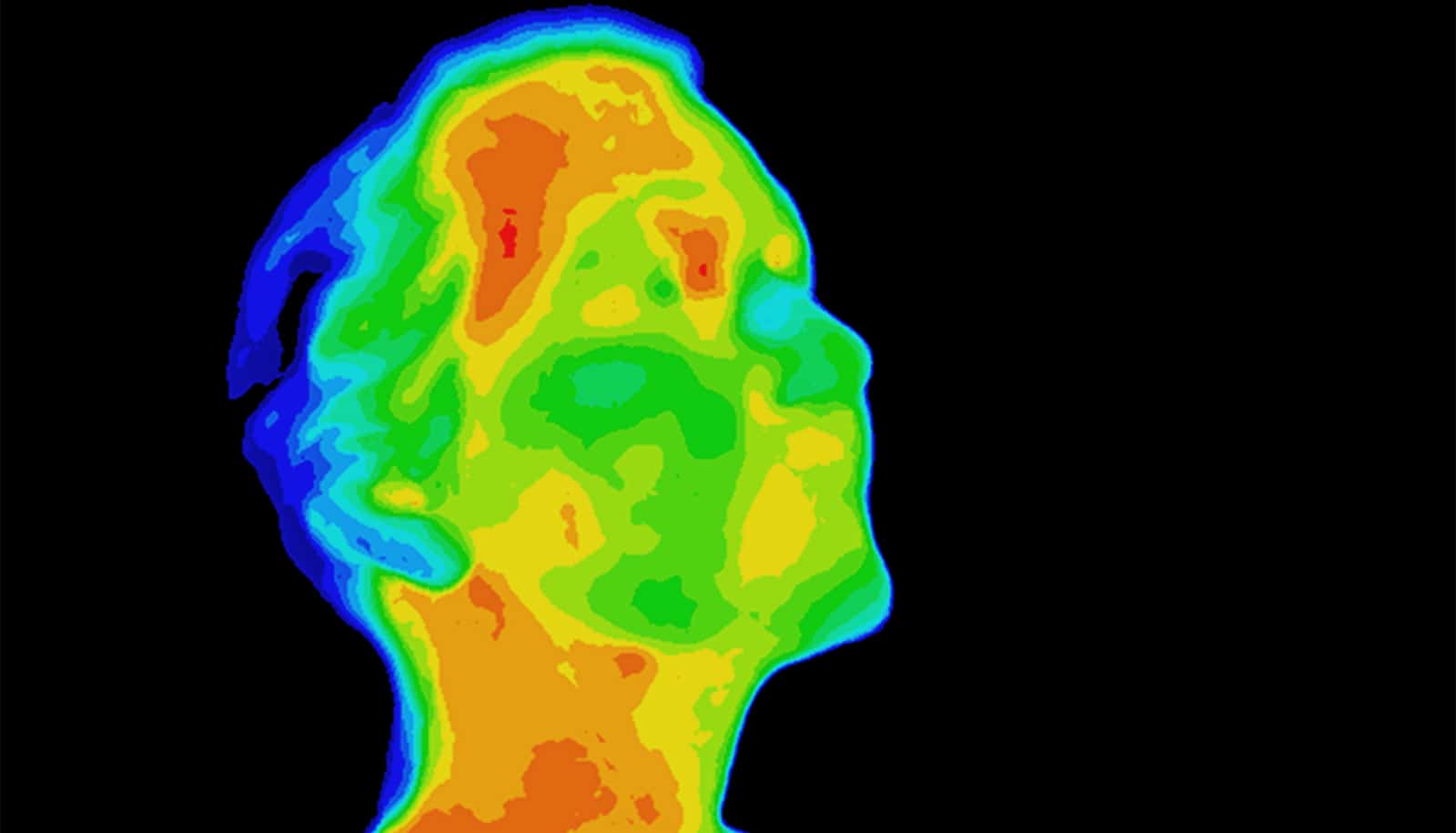Radiation detectors that use single-crystal gallium oxide allow for monitoring X-ray radiation in near-real time, according to a new study.
“We found that the gallium oxide radiation detector worked very fast, which could offer benefits to many applications such as medical imaging,” says corresponding author Ge Yang, an assistant professor of nuclear engineering at North Carolina State University.
“This is particularly exciting because recent research tells us that gallium oxide has excellent radiation hardness—meaning it will keep doing its job even when exposed to high amounts of radiation.
“In short, we think this material is faster than many existing materials used in X-ray detection—and able to withstand higher levels of radiation.”
For the study, the researchers made a radiation detector that incorporated a single-crystal sample of gallium oxide with electrodes attached on either side. The researchers applied different bias voltages across the gallium oxide while exposing the material to X-ray radiation.
They found that there was a linear increase in current passing out of the gallium oxide relative to the level of X-ray exposure. In other words, the higher the level of X-ray radiation exposure, the higher the increase in current from the gallium oxide.
“This linear relationship, coupled with the fast response time and radiation hardness, make this a very exciting material for use in radiation detector technologies,” Yang says. “These could be used in conjunction with medical imaging technologies, or in security applications like those found at airports.”
The paper appears in the Journal of Materials Science.
Source: NC State



